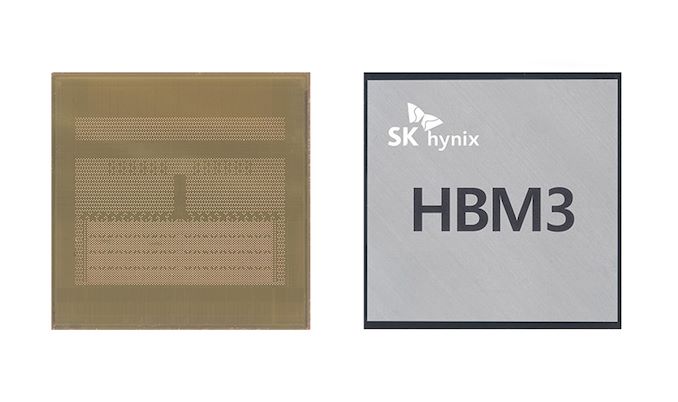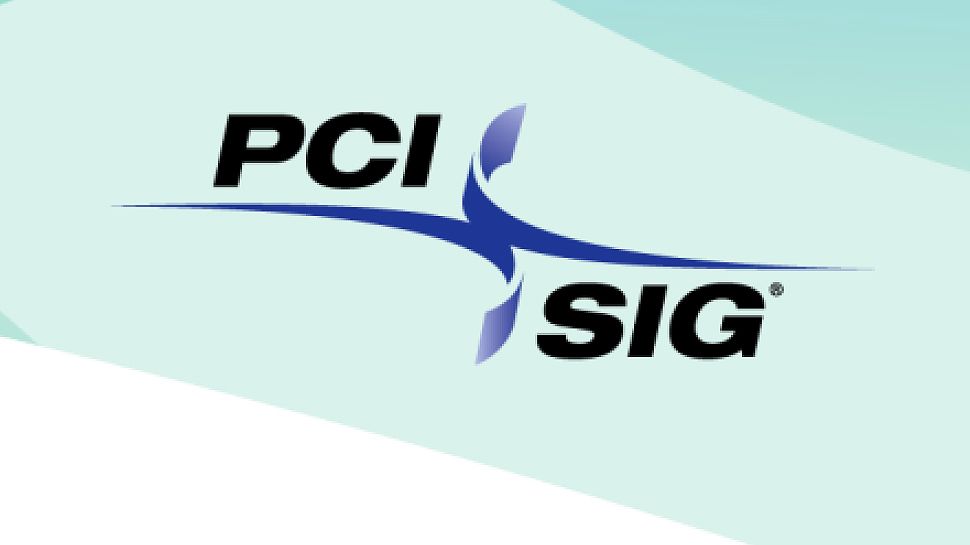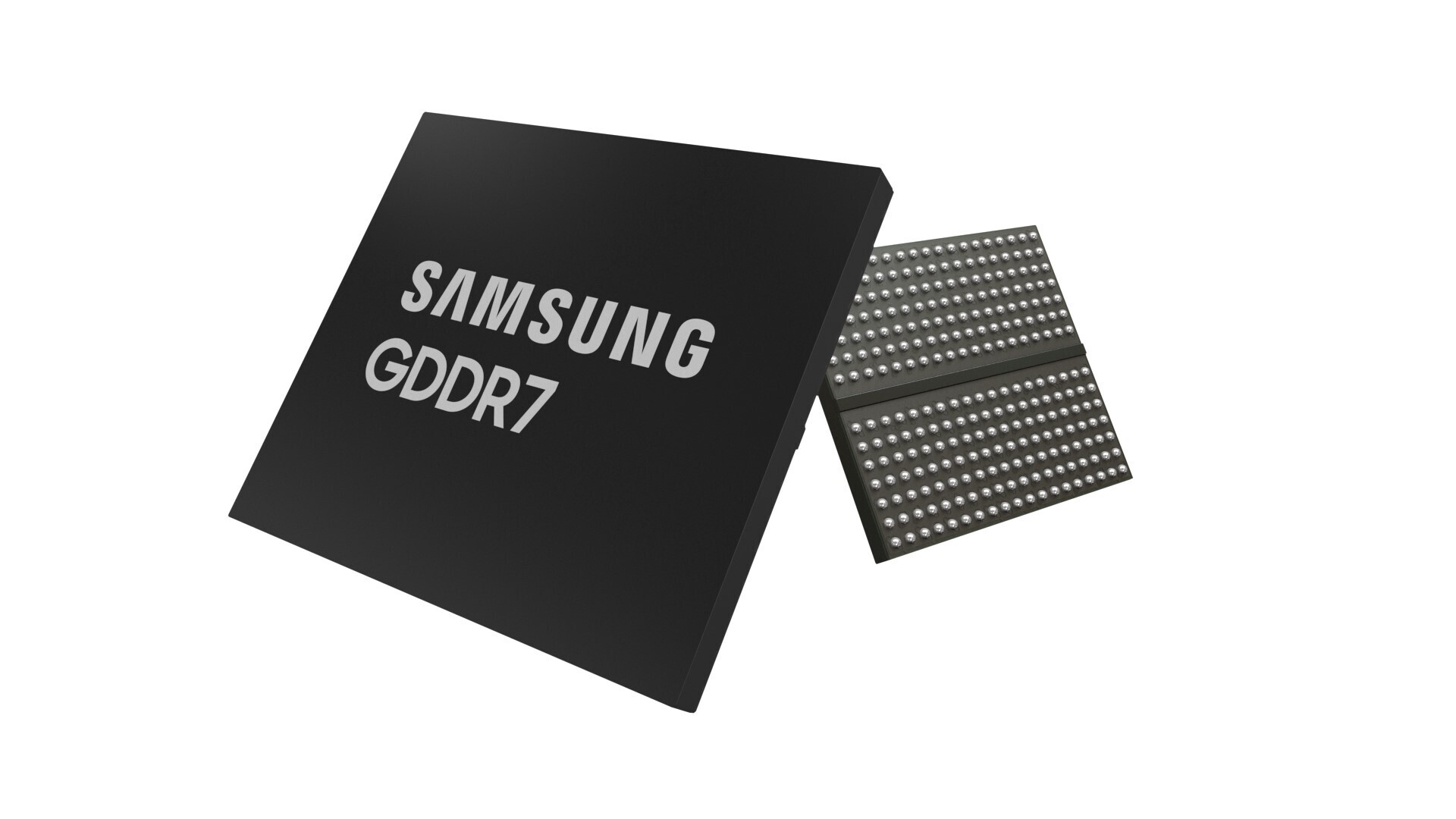tusharngf
Member

During its annual tech day, Samsung revealed new information regarding next-gen memory technologies such as DDR6, GDDR6+, GDDR7 & HBM3.
Samsung Beings Development of DDR6 & GDDR6+ Memory Technologies, Also Talks GDDR7 & HBM3 Standards For Next-Gen GPUs
Computerbase managed to get hold of the information from Samsung who discussed the next-gen memory standards. The most recent leap in the memory design came with the launch of DDR5. The standard is now up and operational on Intel's 12th Gen Alder Lake platform & while there are some major issues with supply, memory makers aren't stopping in refining DDR5. Samsung has outlined native JEDEC speeds of DDR5-6400 Mbps & overclocked module speeds of DDR5-8500 Mbps in the near future. Currently, memory makers have teased up to 7000 Mbps transfer speeds with initially produced DDR5 DIMMs but that will get better with time.DDR6 Memory Standard In-Development - Up To 17,000 Mbps Transfer Speeds
Enter DDR6, the next-generation memory standard is said to be already in development and will replace DDR5 in the future. Since DDR5 only just launched, we shouldn't expect DDR6 till at least 2025-2026+. The DDR4 memory standard stayed with us for at least 6 years so we should expect the same timeframe for DDR6's launch.
GDDR6+ With 24 Gbps & GDDR7 With 32 Gbps For Next-Gen GPUs
Samsung also revealed its plans to offer a faster GDDR6+ standard which will replace the existing GDDR6 chips. Currently, Micron is the only one that has designs for 21 Gbps+ graphics memory ready with its GDDR6X standard. GDDR6+ is more of a refinement of GDDR6 than just upping the bandwidth. It is said to rock speeds of up to 24 Gbps and will be part of the next generation of GPUs. This will allow GPUs with 320/352/384 bit bus layouts to reach over 1 TB/s bandwidth while 256-bit GPUs will be able to reach up to 768 GB/s bandwidth.GDDR Memory Specifications:
| Feature | GDDR5 | GDDR5X | GDDR6 | GDDR6X | GDDR6+ | GDDR7 |
|---|---|---|---|---|---|---|
| Density | From 512Mb to 8Gb | 8Gb | 8Gb, 16Gb | 8Gb, 16Gb | 8Gb, 16Gb | 8Gb, 16Gb, 32Gb? |
| VDD and VDDQ | Either 1.5V or 1.35V | 1.35V | Either 1.35V or 1.25V | Either 1.35V or 1.25V | TBD | TBD |
| VPP | N/A | 1.8V | 1.8V | 1.8V | 1.8V | TBD |
| Data rates | Up to 8 Gb/s | Up to 12Gb/s | Up to 16 Gb/s | 19 Gb/s, 21 Gb/s, >21 Gb/s | 24 Gb/s | 32 Gb/s |
| Package | BGA-170 14mm x 12mm 0.8mm ball pitch | BGA-190 14mm x 12mm 0.65mm ball pitch | BGA-180 14mm x 12mm 0.75mm ball pitch | BGA-180 14mm x 12mm 0.75mm ball pitch | BGA-180 14mm x 12mm 0.75mm ball pitch? | TBD |
| I/O width | x32/x16 | x32/x16 | 2 ch x16/x8 | 2 ch x16/x8 | 2 ch x16/x8 | TBD |
Source: Samsung DDR6-12800 Memory Currently In Development, GDDR6+ To Offer Up To 24 Gbps & GDDR7 Up To 32 Gbps For Next-Gen GPUs (wccftech.com)




